Search results
-
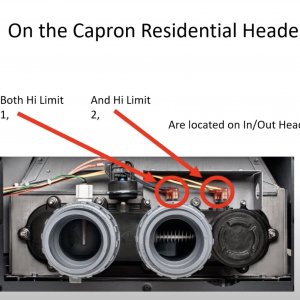
IO header wiring.jpg
- JasonParker
- Media item
- Comments: 0
- Category: Pool Equipment
-
J
mystery sediment identification
Hey TFP friends, especially @setsailsoon and @JamesW --- Ironically, the heater finally had some issues in the middle of the night. I had to shut her down-- banging noises, switching on and off constantly. So today I opened up the headers. Tons of loose scale! I cleaned it out beautifully...- JasonParker
- Post #17
- Forum: Pumps, Filters, and Plumbing
-
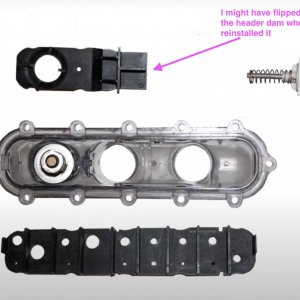
IO header exploded view.jpg
- JasonParker
- Media item
- Comments: 0
- Category: Pool Equipment
-
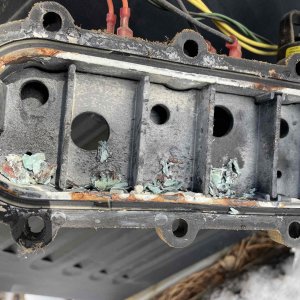
IO header before 2_4532.jpg
- JasonParker
- Media item
- Comments: 0
- Category: Pool Equipment
-
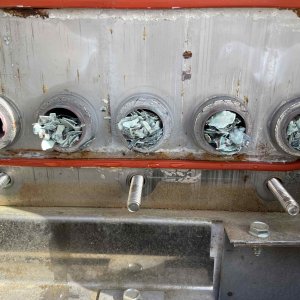
heat exchange scale 3_4533.jpg
- JasonParker
- Media item
- Comments: 0
- Category: Pool Equipment
-

heat exchange scale 2_4534.jpg
- JasonParker
- Media item
- Comments: 0
- Category: Pool Equipment
-
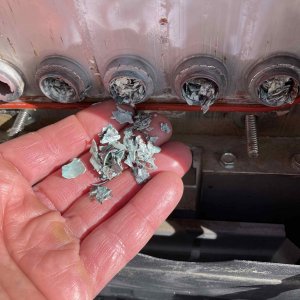
heat exchange scale_4536.jpg
- JasonParker
- Media item
- Comments: 0
- Category: Pool Equipment
-

IO header before_4538.jpg
- JasonParker
- Media item
- Comments: 0
- Category: Pool Equipment
-
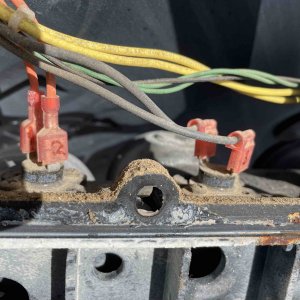
header wiring_4537.jpg
- JasonParker
- Media item
- Comments: 0
- Category: Pool Equipment
-
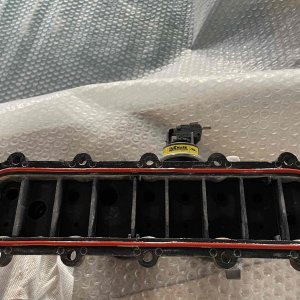
IO header after_4540.jpg
- JasonParker
- Media item
- Comments: 0
- Category: Pool Equipment
-
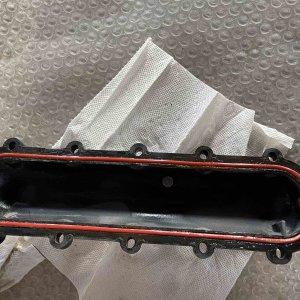
return header after_4541.jpg
- JasonParker
- Media item
- Comments: 0
- Category: Pool Equipment
-
J
mystery sediment identification
Chris, I have never used non-recommended chemicals! I'll have to get a test kit that measures calcium hardness. Jason- JasonParker
- Post #15
- Forum: Pumps, Filters, and Plumbing
-
J
mystery sediment identification
Thanks, @JamesW When I added drips of hydrochloric acid on the flakes, the white coating slightly bubbled away, leaving the flakes even more blue and brown color. The blues and browns in these crusty pieces still concerns me. The articles above (thanks) state the substance is white. Would it...- JasonParker
- Post #14
- Forum: Pumps, Filters, and Plumbing
-
J
mystery sediment identification
@JamesW the flakes barely react with drops of hydrochloric acid. They do not dissolve. I opened up the salt cell housing, removed the salt cell and I found some of the flakes in the housing, see photo. Assuming the flakes are from the Raypak's tube bundle is that a sign of imminent...- JasonParker
- Post #12
- Forum: Pumps, Filters, and Plumbing
-

flakes IMG_4518.jpg
- JasonParker
- Media item
- Comments: 0
- Category: Pool Equipment
-
J
mystery sediment identification
thanks again, James. I looked in the cell when I cleaned it three weeks ago. In the clear housing that the cell sits in I do see some evidence of that sediment. Not much though. I can remove the cell tomorrow and examine it more carefully. The sediment is not attracted to a magnet. The...- JasonParker
- Post #9
- Forum: Pumps, Filters, and Plumbing
-
J
mystery sediment identification
James, The salt cell is clean now. When minerals build up it looks nothing like the type of sediment I'm getting now. The sediment has blues and greens in it whereas the mineral buildup on the salt cell is only white. The problem of the sediment did begin longer than three weeks ago. I have...- JasonParker
- Post #7
- Forum: Pumps, Filters, and Plumbing
-
J
mystery sediment identification
James, The heater manifold is the high strength polymer material offered on the Raypak 206A. The heat exchange is made of copper. The salt cell is relatively clean. I did a full cleaning on it about three weeks ago. I'll double check on the particles and a magnet. Jason- JasonParker
- Post #5
- Forum: Pumps, Filters, and Plumbing
-
J
mystery sediment identification
Chris, sure, I feel like I always am. I replaced the impeller yesterday. I replaced all the seals, including the upgraded US Seal for the impeller shaft a few weeks ago. I replaced the spider gasket in my Hayward sand filter about six weeks ago. I replaced the pump motor a year ago with a...- JasonParker
- Post #4
- Forum: Pumps, Filters, and Plumbing
-
J
mystery sediment identification
Hi TFP friends and experts, Just recently I'm seeing this strange sediment in front of my returns. This is in an indoor SWG pool which runs year round and has ideal chemistry. I backwash regularly and the pressure is good as well. Any idea what it might be? Jason- JasonParker
- Thread
- Replies: 18
- Forum: Pumps, Filters, and Plumbing
-

IMG_4501.jpeg
- JasonParker
- Media item
- Comments: 0
- Category: Pool Equipment
-

IMG_4503.jpeg
- JasonParker
- Media item
- Comments: 0
- Category: Pool Equipment
-

IMG_4505.jpeg
- JasonParker
- Media item
- Comments: 0
- Category: Pool Equipment
-
J
Do I need a new SP2610-C impeller?
I’m replacing my shaft seal again, this time with the nice US Seal PS-3868. Though now that I have the impeller removed, maybe the culprit is a worn impeller shaft. Here are some pictures. The black ABS pedestal nearest the shaft seems worn. Especially compared to pictures of a new one! Replace it?- JasonParker
- Thread
- Replies: 4
- Forum: Pumps, Filters, and Plumbing
-

2A1A9361-1D87-4AA1-AB67-DF4AB79DFB66.png
- JasonParker
- Media item
- Comments: 0
- Category: Pool Equipment
-

F358B989-89C4-4FE6-A256-C73278CB6365.jpeg
- JasonParker
- Media item
- Comments: 0
- Category: Pool Equipment
-

95CF3829-75DA-4759-9A4E-9183142D755E.jpeg
- JasonParker
- Media item
- Comments: 0
- Category: Pool Equipment
-

0BA38A48-F6AA-41A3-BB0D-662342039D78.jpeg
- JasonParker
- Media item
- Comments: 0
- Category: Pool Equipment
-

ACB77641-E11D-461D-9E3C-CCF55C3714AD.jpeg
- JasonParker
- Media item
- Comments: 0
- Category: Pool Equipment
-
J
how to monitor Raypak 206A heater usage
That's an interesting whole-house solution @PoolStored --thanks! Yet I'm really only interested in monitoring the dedicated 220V for my Raypak heater. I was imagining a device that tracked the spark igniter and then the duration of the cycle.- JasonParker
- Post #3
- Forum: Everything Else

